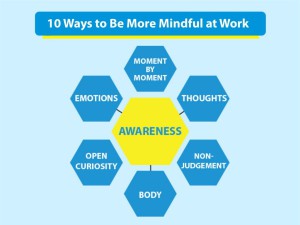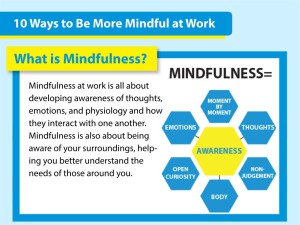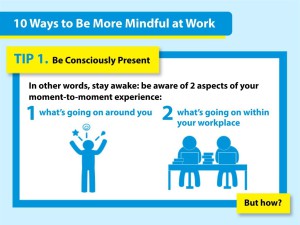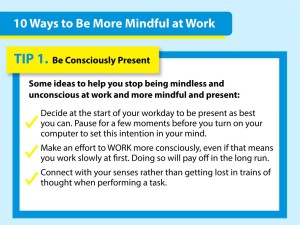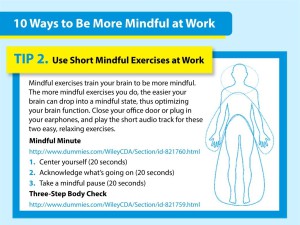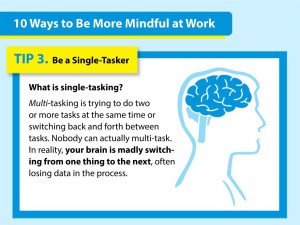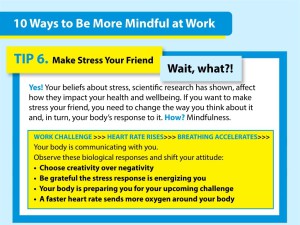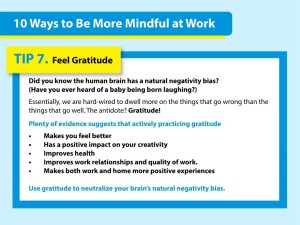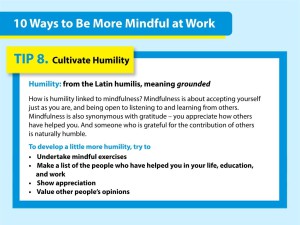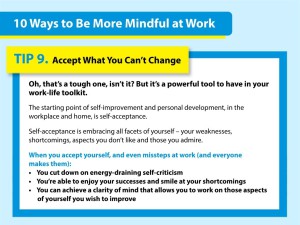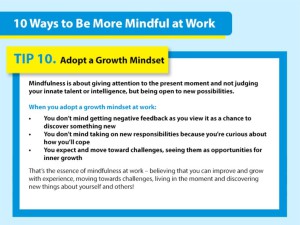 Advances in healthcare have resulted in increased life expectancy for individuals in developed nations, like the United States. Yet, there are a spate of problems and physical illnesses which are exacerbated in old age. The body’s response to continued evolution and constant wear and tear begin to display in a number of ways, including weak bones or osteoporosis, issues with the heart, and a range of problems targeting the mind and memory loss. While medicines certainly help with many of these issues, there are ways to improve the quality of life without pharmaceuticals. Such options include mindfulness meditation.
Advances in healthcare have resulted in increased life expectancy for individuals in developed nations, like the United States. Yet, there are a spate of problems and physical illnesses which are exacerbated in old age. The body’s response to continued evolution and constant wear and tear begin to display in a number of ways, including weak bones or osteoporosis, issues with the heart, and a range of problems targeting the mind and memory loss. While medicines certainly help with many of these issues, there are ways to improve the quality of life without pharmaceuticals. Such options include mindfulness meditation.
Mindfulness meditation has existed for hundreds or even thousands of years, as a common practice by religious cultures in Far East countries. However, in the modern era, and in western practice, it has been used to address a range of ailments in the medical field, and studies have shown that both are effective, not only for mental health, but in physical, tangible ways as well.
In short, meditation is a process in which individuals focus on breathing, sounds, or positive thoughts, while causing the mind to become still and free of scattered thoughts. Likewise, mindfulness increases the level of awareness of a given moment, and leads the participant to concentrate only on what he/she is feeling, experiencing, or imagining. By doing so, individuals calm themselves, reduce stress and anxiety, and increase feelings of peace and calm, to better manage activities throughout the day.
Many people have expressed skepticism about both practices because mindfulness and meditation are thought to be a form of worship. However, despite being practiced by religious communities, the process themselves are not religious (not that doing so is a bad thing). Instead, meditation is simply about the participant, and what he/she chooses to bring to mind or let go of, for that matter.
Seniors can benefit from mindfulness meditation because it helps to exercise the mind and improve brain function. As humans reach late stages of maturity, the agility of the brain decreases. Meditation has been shown to increase gray matter in the brain. What that means is your ability to process information also grows, as does creativity and analytical skill. Essentially, it is a great way to keep the brain youthful and powerful: your very own fountain of youth.
Other physical benefits of meditation is lower blood pressure, improved heart health, and a lower risk of depression. Given that many of these issues lead to even more ailments, using mindfulness meditation as preventive medicine could significantly decrease the costs of health care for seniors. For those retired or nearing retirement, this helps keep down expenditures if you’re making due on a limited income.
Overall, mindfulness meditation should be considered because it improves mental and physical well-being, and maximize the joy of life in old age. Taking care of yourself should be a top priority. This is a start.






